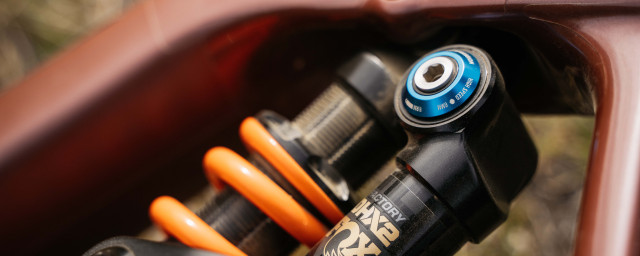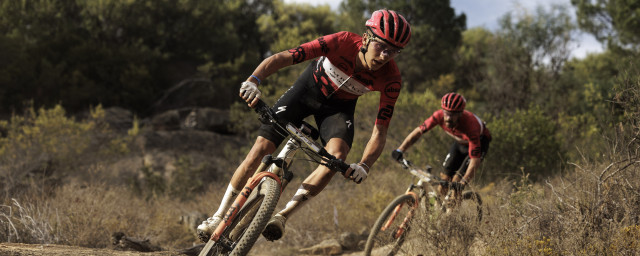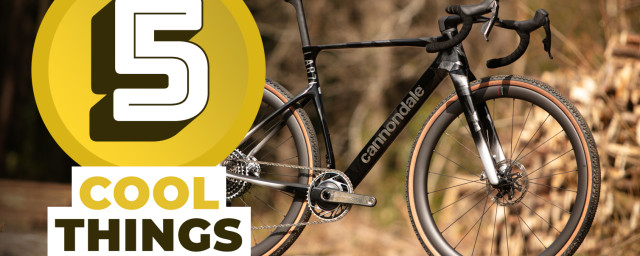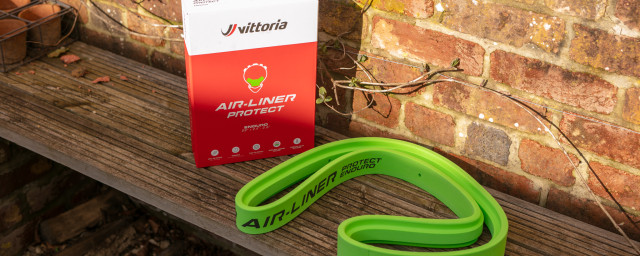The RockShox SID SL Ultimate is the lightest and most race-focused suspension fork in the company's range. It is tailored for cross-country purists and features a lightweight build, 32mm stanchions, and a three-position lockout. While its low weight is impressive, this comes at the cost of stiffness, and it notably struggles in mid-travel performance. That said, it's still a front-runner among the best mountain bike forks.
- DT Swiss F 232 One Fork review
- Your complete guide to the RockShox fork range
- How to set up your mountain bike suspension
RockShox SID SL Ultimate 3P fork – Technical details
Not to be confused with the 35mm stanchion SID model, the SID SL features slimmer 32mm stanchions and comes in either 100mm or 110mm travel configurations. Although the travel is fixed upon purchase, it can be adjusted by swapping the air spring — a relatively affordable modification (cost approximately £50) should you wish to change the travel at a future date, which does not require a new damper.
The fork is available in two versions: 2P (two-position) or 3P (three-position), the latter pictured here. The 2P offers Open and Lock modes, while the 3P adds a Pedal mode for a middle-ground option. Both versions are compatible with the TwistLoc Ultimate remote, sold separately for £120. This handlebar-mounted remote functions similarly to a Grip Shift shifter.
The fork supports volume-reducing spacers, with up to three spacers fitting into the upper air chamber to increase the spring rate curve by reducing air chamber volume. It is available only for Boost wheels (15x110mm axle) with a 44mm offset.
Our 100mm travel test model, with an uncut steerer tube and no volume spacers, weighed 1,385g (including the axle). Cutting the steerer to 150mm reduced the weight to 1,350g. SRAM's claimed weight for a 110mm version is 1,352g (including the axle), though it’s unclear if this assumes a cut steerer, and if so, to what length.
The SID Blue Crush paint job on our test fork stands is exclusive to the Ultimate range of SID forks, but for those who prefer a subtler look, a gloss black finish is also available.
Unlike other forks in the RockShox range, the SID SL lacks a direct mudguard mount on the rear of the arch. Tyre clearance is rated at a maximum of 60mm (2.36in), though I successfully tested multiple 2.4in tyres, finding ample clearance around the arch and legs.
RockShox SID Ultimate 3P fork – Performance
Setting up the SID SL Ultimate is straightforward, with recommended air pressures based on rider weight conveniently displayed on the fork leg. However, measuring sag remains crucial for fine-tuning. The rebound adjustment is controlled via a dial under the right leg, offering 20 clicks of adjustment. For ultra-weight-conscious riders, the rebound adjuster is a simple 2.5mm Allen key that can be removed, saving five grams. Although bottomless tokens were not included, they are inexpensive to buy and easy to install for tuning.
Initial test rides highlighted the fork’s impressively smooth performance, with no noticeable stiction throughout its travel. However, the stock setup led to excessive travel use, even on medium hits. Increasing air pressure by 30psi (equivalent to increasing the rider weight by almost 20kg) reduced this issue but compromised small-bump sensitivity.
Adding bottomless tokens improved progression in the latter part of the travel, but they did little to address the lack of mid-stroke support. Running three tokens and settling for 20psi higher-than-recommended air pressures reduced sag and improved support, though at the cost of further reducing small-bump compliance.
Stiffness is reasonable but falls short of competitors like the DT Swiss F 232, which offers better rigidity under braking but at a weight penalty of 1,535g — approximately 150g heavier than the SID SL.
The TwistLoc Ultimate remote is intuitive, providing a distinct click when changing modes, although it may help that I am an avid GripShift fan. Due to the fork's tendency to dive in its travel, I frequently used Pedal mode, even on some descents, to prevent it from compressing too quickly through the initial stroke. The Lock mode does provide a firm platform, but it is sensitive to adjust, and even with the cable tension adjusted, it is not a true lockout such as the F 232 fork, and there is always a small amount (10-15mm) of travel, which can be frustrating on the smoothest climbs.
While the SID SL Ultimate is impressively light, it’s not the lightest on the market. The Fox 32 Factory Step-Cast, with its 100mm travel variant, has a claimed weight of 1,276g — 75 to 110g lighter, depending on how the claimed and actual weights compare.
RockShox SID SL Ultimate 3P fork - Verdict
Despite its tendency to dive through mid-travel when set with the recommended pressures, the SID SL Ultimate offers a good range of adjustment potential, which is important given the short travel.
Over months of testing in typical British autumn and winter conditions, the fork proved reliable and smooth. However, the lack of a direct mudguard mounting option is disappointing, particularly as competitors like the DT Swiss F 232 offer integrated solutions, albeit modest ones.
At £959, the SID SL Ultimate 3P undercuts the Fox 32 Factory Step-Cast (£1,099) and sits slightly above the DT Swiss F 232 (£925). Riders seeking more versatility might prefer the 35mm stanchion SID, which offers increased stiffness, travel options up to 120mm, and a different DebonAir+ air damper, with only a modest 128g weight penalty.
The SID SL Ultimate excels in its adjustability and smoothness, with the TwistLoc remote adding convenience for racers. However, the mid-travel softness and limited stiffness may not suit riders prioritising a firmer feel or greater leg rigidity. For weight-conscious cross-country racers, the SID SL Ultimate’s low weight and vibrant aesthetics are undeniable draws but it’s not without a few compromises.

















Add comment